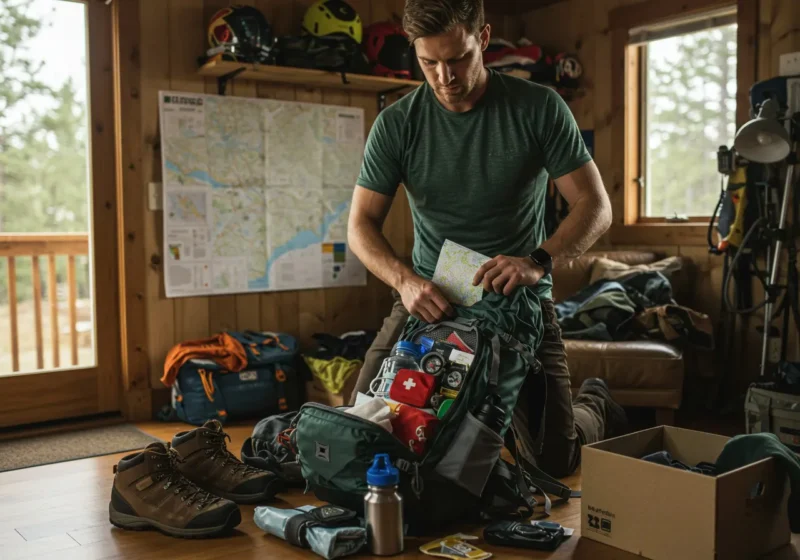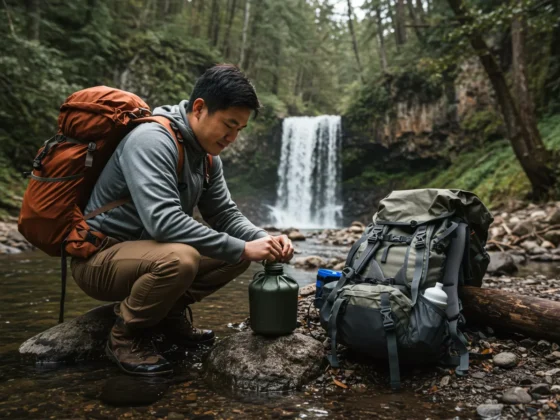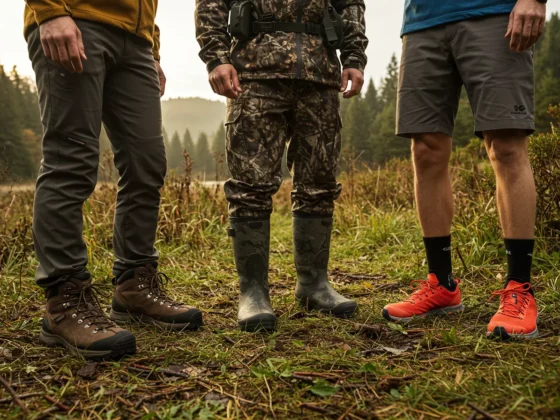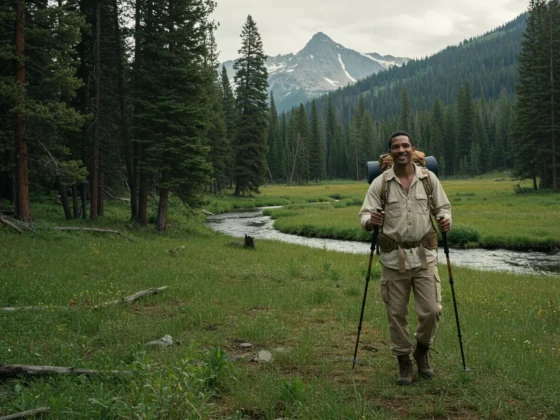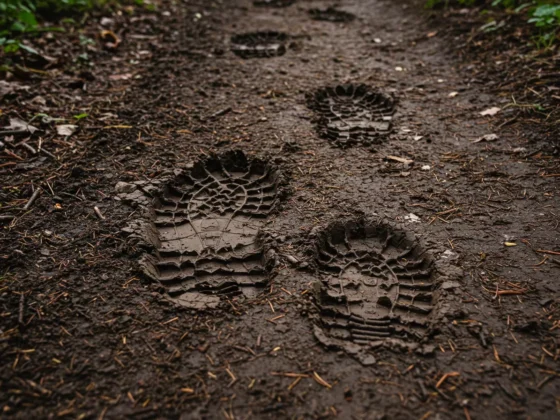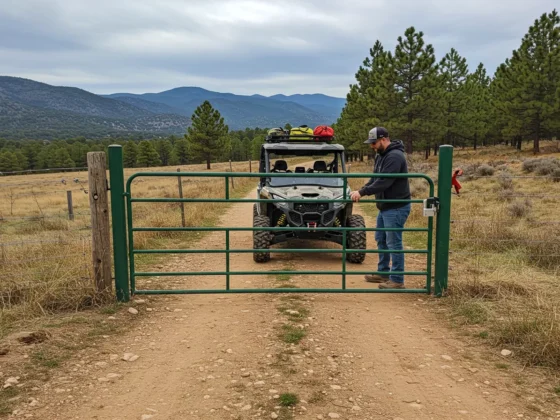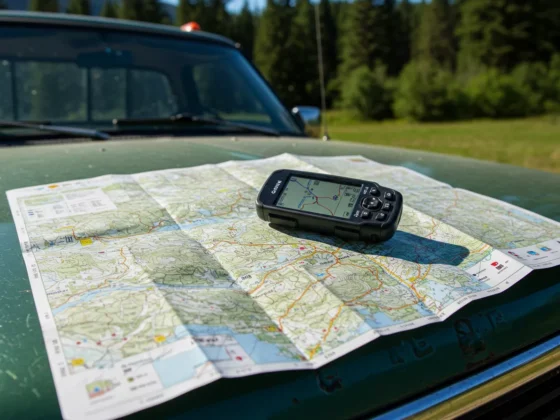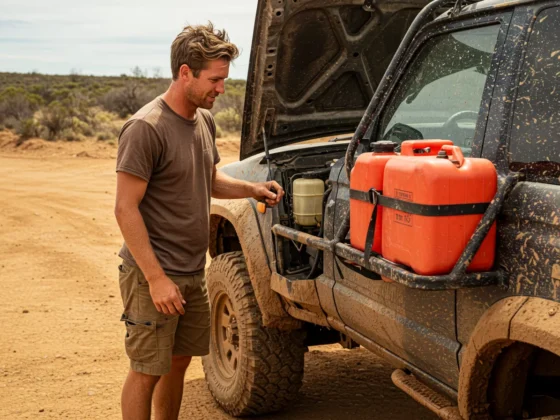Efficiently packing a backpack is a fundamental skill for any hiker or traveler looking to maximize comfort and enjoy the journey. A well-packed bag not only feels lighter but also ensures easy access to essentials and better weight distribution, reducing strain on your body. This guide delves into key strategies for packing your backpack with purpose, transforming your next adventure.
1. Choose the Right Backpack:
The foundation of efficient packing begins with selecting a backpack that suits your trip’s duration and your body. Consider the capacity in liters – a smaller pack often forces you to be more selective and avoid overpacking. Ensure the backpack fits your torso correctly and has a comfortable harness system to distribute weight effectively. Features like multiple compartments, external pockets, and compression straps can significantly aid organization and load management.
2. Plan and Prioritize Your Gear:
Before you even open your backpack, lay out everything you plan to bring. This visual inventory helps you assess what’s truly necessary and identify potential redundancies. Group items by category (shelter, sleep system, clothing, food, cooking gear, essentials, etc.). This step is crucial for making informed decisions about what makes the cut and for organizing your pack logically. Embrace a minimalist mindset and focus on multi-functional items to reduce overall weight and bulk.
3. Master Weight Distribution:
Proper weight distribution is paramount for a comfortable trek. The general principle is to place the heaviest items closest to your back and centered within the pack.
- Bottom Zone: Pack lightweight, bulky items you won’t need until camp, such as your sleeping bag, sleeping pad, and extra clothing layers. These items provide a stable base.
- Core Zone: Place your heaviest gear here, close to your back. This typically includes your tent (without poles, which can often be stored elsewhere), food bag, and cooking kit. Keeping the weight here helps maintain your center of gravity.
- Top Zone: This is for items you might need during the day or immediately upon reaching your destination. This includes your rain gear, first-aid kit, a warm layer, and snacks.
- Accessory Pockets: Utilize lid pockets, hip belt pockets, and external stretchy pockets for small essentials you need quick access to, like navigation tools, sunscreen, lip balm, phone, and snacks.
4. Optimize Space with Organization:
Effective organization within your backpack prevents wasted space and makes finding items easier.
- Stuff Sacks and Compression Sacks: Use stuff sacks to categorize and compress clothing, sleeping bags, and other soft items. Compression sacks are particularly useful for significantly reducing the volume of bulky gear like sleeping bags and puffy jackets.
- Dry Bags: Protect sensitive items like electronics, sleeping bags, and important documents from moisture by using dry bags, especially in unpredictable weather conditions.
- Compartmentalize: If your backpack has internal dividers or multiple compartments, utilize them to separate different categories of gear.
- Fill Empty Spaces: Stuff smaller items like socks, underwear, or food into gaps between larger items to maximize the use of space.
5. Minimize and Lighten Your Load:
Beyond smart packing, consider ways to reduce the overall weight of your gear.
- Evaluate Each Item: Question the necessity of every item. Can an item serve multiple purposes? Do you really need that “just in case” item?
- Travel-Sized Toiletries: Opt for smaller, travel-sized versions of toiletries or repackage them into smaller containers.
- Dehydrate or Repackage Food: Reduce food weight and bulk by choosing dehydrated meals and repackaging food items to remove excess packaging.
- Consider Ultralight Gear: If you plan on frequent or long-distance backpacking, investing in lighter-weight gear for the “big three” (backpack, tent, sleeping bag) can significantly reduce your base weight.
6. Practice Packing:
Before a big trip, do a practice pack and even a short test hike with your loaded backpack. This allows you to assess the weight distribution, identify any discomfort, and refine your packing strategy. You’ll discover what works best for you and your specific gear.
By implementing these efficient backpacking techniques, you can transform your packing from a chore into a strategic process that enhances your comfort and enjoyment on the trail or during your travels. Pack smart, pack light, and happy adventuring!

